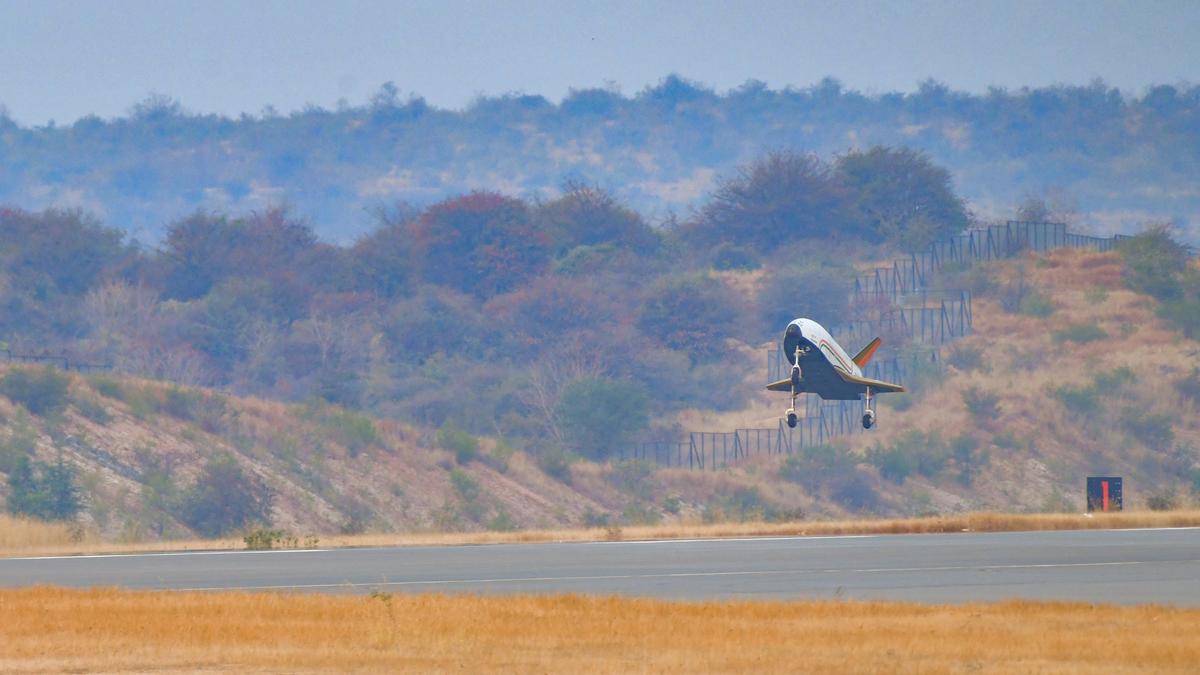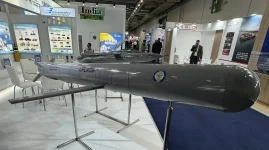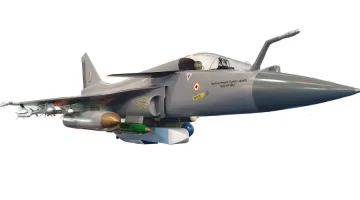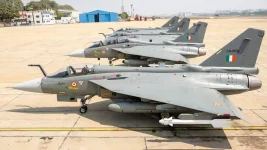
The Indian Space Research Organisation (ISRO) is prepared to execute the third and final Reusable Launch Vehicle Landing Experiment (RLV LEX), designated as LEX-03. This pivotal mission, set to take place in the first half of June at the Aeronautical Test Range in Chitradurga, Karnataka, signifies a crucial advancement in ISRO's pursuit of reusable launch vehicle technology.
Dr. S. Unnikrishnan Nair, Director of the Vikram Sarabhai Space Centre (VSSC), confirmed the mission's readiness during a Mission Readiness Review (MRR) held on Friday. However, the launch is contingent upon favorable weather conditions.
LEX-03 will involve the unmanned winged prototype, Pushpak, being carried to an altitude of 4.5 kilometers by an Indian Air Force Chinook helicopter and released 500 meters laterally from the runway. This marks a significant increase in difficulty compared to the previous mission, LEX-02, where the lateral distance was only 150 meters.
The primary objectives of LEX-03 include evaluating Pushpak's autonomous navigation and maneuvering capabilities as it approaches the runway, making necessary corrections in cross-range, downrange, and altitude to ensure a safe landing.
Additionally, the mission will focus on reducing the sink rate during landing to minimize impact load and incorporate a real-time kinematics (RTK) package for enhanced precision. The team will also address the challenge of landing under tailwind conditions.
Following the successful completion of LEX-03, ISRO plans to transition to the next phase of the RLV-TD program, involving an unmanned Orbital Re-entry Vehicle (ORV). This larger vehicle is expected to be launched into orbit within the next two years, further advancing ISRO's capabilities in reusable spacecraft technology.
The RLV-TD program, with its series of technology demonstration missions, represents a significant endeavor by ISRO towards developing a fully reusable launch vehicle. This technology holds the potential to revolutionize space missions by drastically reducing costs and increasing accessibility to space.



